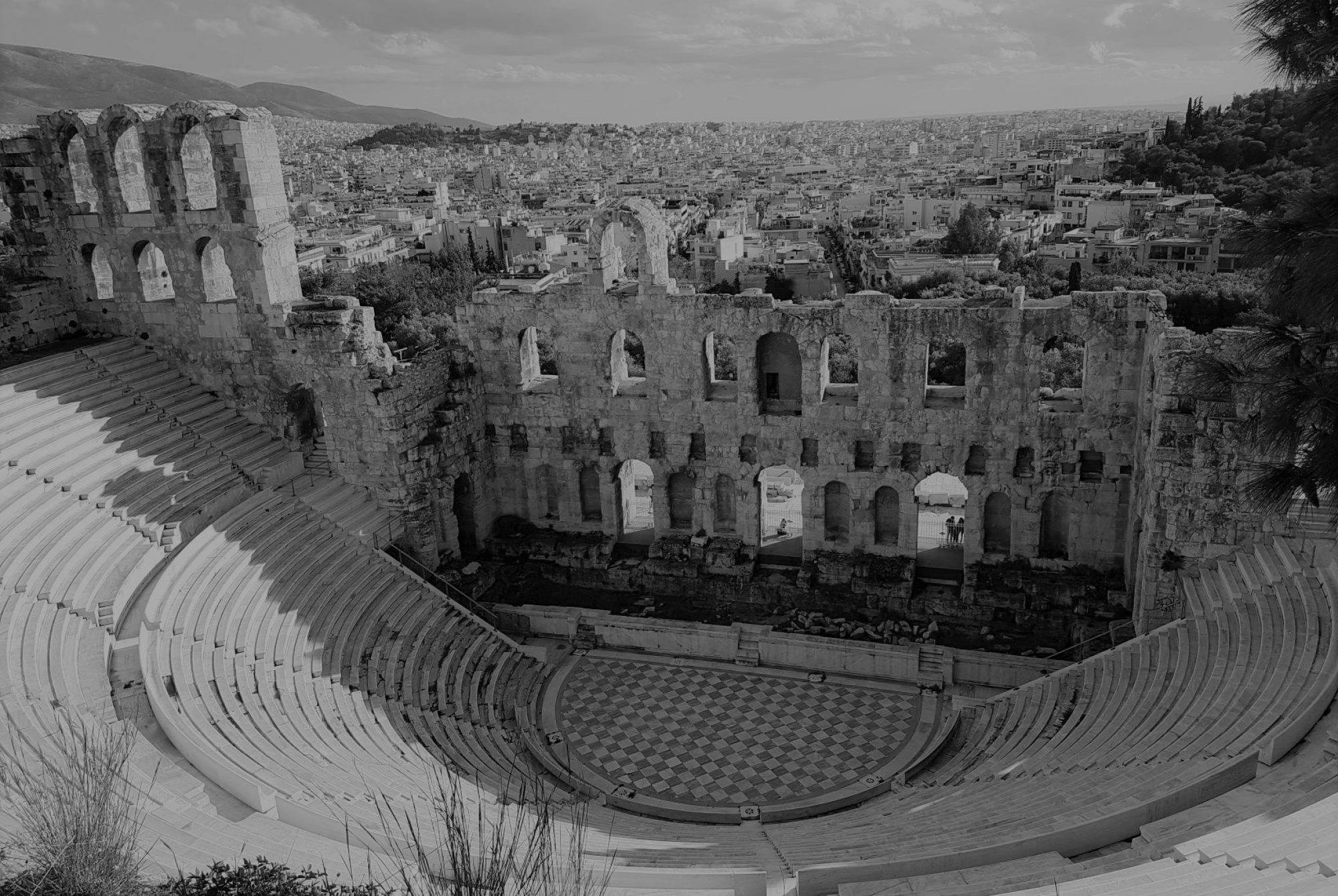Plenary speaker, Jane Malcolm-Davies, University of Copenhagen
The delight of this conference was that all the presentations were pleasant, passionate, and powerful. The emphasis of the programme was on public history and the recreation of the past. We heard a lot of different reflections on medieval material and how it is reconstructed by or presented to the public. Over the two days, there were stimulating ideas about public history, guiding, interpreting the past in general, and re-creating, constructing and imagining the medieval past in particular.
The programme began with Paul Sturtevant talking about his experiences of “Making Medieval History Powerful and Meaningful without Losing your Soul (or Mind) in the Chaotic Contemporary Public Square” followed by Jane Malcolm-Davies (me) presenting “Character or caricature? Evidence for the educational impact of costumed interpretation at heritage sites”.
My personal passion in life is the arrangement of data to discover new knowledge. Data doesn’t have to be quantitative and shown in a graph (the way I presented it in my keynote) or powerfully anecdotal to illustrate principles as in Paul’s key note presentation. But for data to be influential it needs to be available for analysis.
Everyone who presented over the course of the conference had collected data. It was all very interesting and enjoyable to hear about. But how can we analyse what was presented through the conference to create new knowledge?
We need a research methodology which would allow us to gather all the experiences we have heard reported here and a framework for analysing them. Is it possible for us to formulate a theoretical framework against which we can study public history (if there isn’t one already)?
Many of the presentations directly referred or indirectly alluded to intangible aspects of the past as inspired by the study or presentation of an item or a range of items (for example, Paul Mortimer’s exploration of eye imagery on weapons, armour and ornaments from the 6th and 7th centuries in northern Europe, and Peter Johnsson’s reflections on swords). And this extends to objects and experiences produced more recently than during the medieval period such as reconstructed Viking ships (Sara Ellis Nilsson), the creation of Old Norse Worlds in comics (Martin Lund), or the recreation of Lombard life (Gabriele Zorzi).
As an interdisciplinary team, the conference participants have the imagination to move the interpretation of items to the interpretation of ideas. And since we don’t know for certain what the ideas of the past were (we offer only one interpretation of the past rather than The One True Interpretation, as Hannes Napierala said about “constructing a reconstruction” of buildings in southern Germany), we can explicitly empower the visitor to a heritage site or the user of history to make their own interpretations too. Mari Wickerts talked about encouraging school children to do this in the context of field archaeology and recreating Viking burials from Skändla. But might this be dangerous?
Paul Sturtevant showed us horrible examples of what happens when people make their own interpretations of the medieval past for political ends. Runes are suffering the same fate as Andrea Freund, who also explained how visitors to Orkney are “engaging with the past indiscriminately”. So here then is a need for visitors’ empowerment to be facilitated by expert tour guides who interact and inter-react with visitors by understanding where they are coming from – geographically, culturally, and philosophically as Laura Fitzachary outlined.
So – our new theoretical framework would include something about the use of source materials and how they are extrapolated by joining the dots (as Irene Barbina explained she did in her reconstruction of Lombard dress) or by stitching images together (as Carolina Ask does in her 3D photographic modelling), and the process of dating (discussed by Thomas Småberg with his example of the Long Viking Age), and the link between items and ideas.
We could have a catalogue of these criteria against which we classify examples of public history – and one of the most important criteria would be the treatment of gender, which Simon Trafford suggested is embodied by warrior women or portrayed as hyper-masculinity in pop culture.
We might also consider how the archaeological and historical material complements rather than conflicts with visitors’ experience of asynchrony, the presence of the past in the present, as Stefan Nyzell discussed as Medievalist temporalities.
Thanks to Sofia Winge’s guided tour, we were all able to consider the challenge of presenting the medieval past on our visit to Uppåkra.
The conference organisers are to be congratulated for bringing together speakers with interlocking themes and providing the perfect atmosphere for them to reflect on each other’s contributions.
